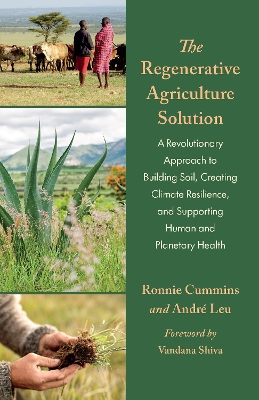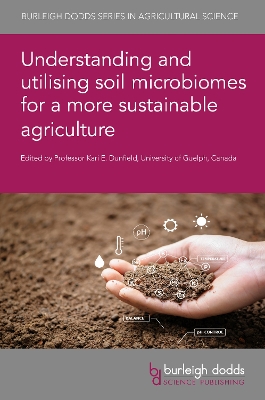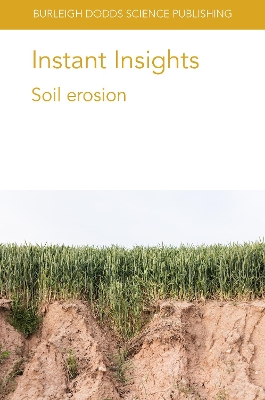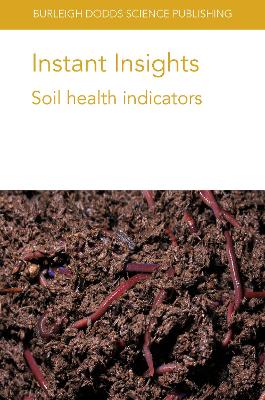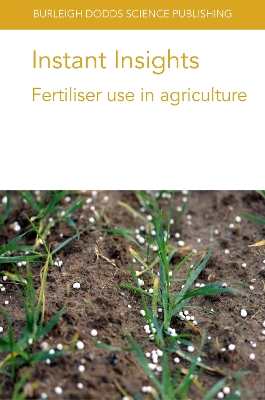Instant Insights: Biodiversity Management Practices
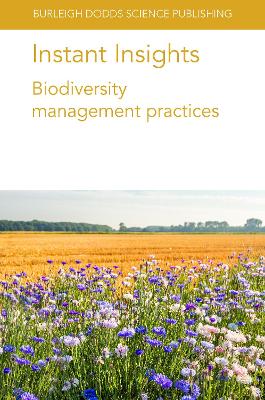 portes grátis
portes grátis
Instant Insights: Biodiversity Management Practices
Maia, Dr Lilianne; Cirujeda, Dr Alicia; Calegari, Dr Ademir; Demetrio, Dr Wilian; Bartz, Dr Marie L. C.; Pardo, Dr Gabriel; Day, Scott; Blanco-Canqui, Dr Humburto; Santos, Dr Alessandra; Cremonesi, Dr Marcus
Burleigh Dodds Science Publishing Limited
04/2022
126
Mole
Inglês
9781801464024
15 a 20 dias
Chapter 2 Conservation grass hedges and soil health parameters: Humberto Blanco-Canqui, University of Nebraska, USA; 1 Introduction2 Erosion3 Soil properties4 Food, feed and fuel production5 Biodiversity or wildlife habitat6 Factors affecting the performance of grass hedges7 Summary8 Future trends9 Where to look for further information10 References
Chapter 3 The role of field margins in biodiversity conservation in agroecosystems: Alicia Cirujeda and Gabriel Pardo, Centro de Investigacion y Tecnologia Agroalimentaria de Aragon (CITA-Universidad de Zaragoza), Spain; 1 Introduction2 Options for promoting biodiversity in agricultural landscapes3 Field margins: characteristics and types4 The role of field margins in agroecosystems5 Managing field margins to promote insect biodiversity6 Managing field margins to promote rare arable plants, reptiles, amphibians, birds and mammals7 Conclusions8 Where to look for further information9 References
Chapter 4 The role of hedgerows in supporting biodiversity and other ecosystem services in intensively managed agricultural landscapes: Audrey Alignier, Lea Uroy and Stephanie Aviron, INRAE, France; 1 Introduction2 What is a hedgerow?3 The role of hedgerows as habitat for biodiversity4 Hedgerows and hedgerow networks5 Hedgerows and ecosystem services6 Case study: hedgerow plantation and bocage restoration enhance biodiversity and other ecosystem services7 Summary and future trends8 Where to look for further information9 References
Chapter 2 Conservation grass hedges and soil health parameters: Humberto Blanco-Canqui, University of Nebraska, USA; 1 Introduction2 Erosion3 Soil properties4 Food, feed and fuel production5 Biodiversity or wildlife habitat6 Factors affecting the performance of grass hedges7 Summary8 Future trends9 Where to look for further information10 References
Chapter 3 The role of field margins in biodiversity conservation in agroecosystems: Alicia Cirujeda and Gabriel Pardo, Centro de Investigacion y Tecnologia Agroalimentaria de Aragon (CITA-Universidad de Zaragoza), Spain; 1 Introduction2 Options for promoting biodiversity in agricultural landscapes3 Field margins: characteristics and types4 The role of field margins in agroecosystems5 Managing field margins to promote insect biodiversity6 Managing field margins to promote rare arable plants, reptiles, amphibians, birds and mammals7 Conclusions8 Where to look for further information9 References
Chapter 4 The role of hedgerows in supporting biodiversity and other ecosystem services in intensively managed agricultural landscapes: Audrey Alignier, Lea Uroy and Stephanie Aviron, INRAE, France; 1 Introduction2 What is a hedgerow?3 The role of hedgerows as habitat for biodiversity4 Hedgerows and hedgerow networks5 Hedgerows and ecosystem services6 Case study: hedgerow plantation and bocage restoration enhance biodiversity and other ecosystem services7 Summary and future trends8 Where to look for further information9 References

